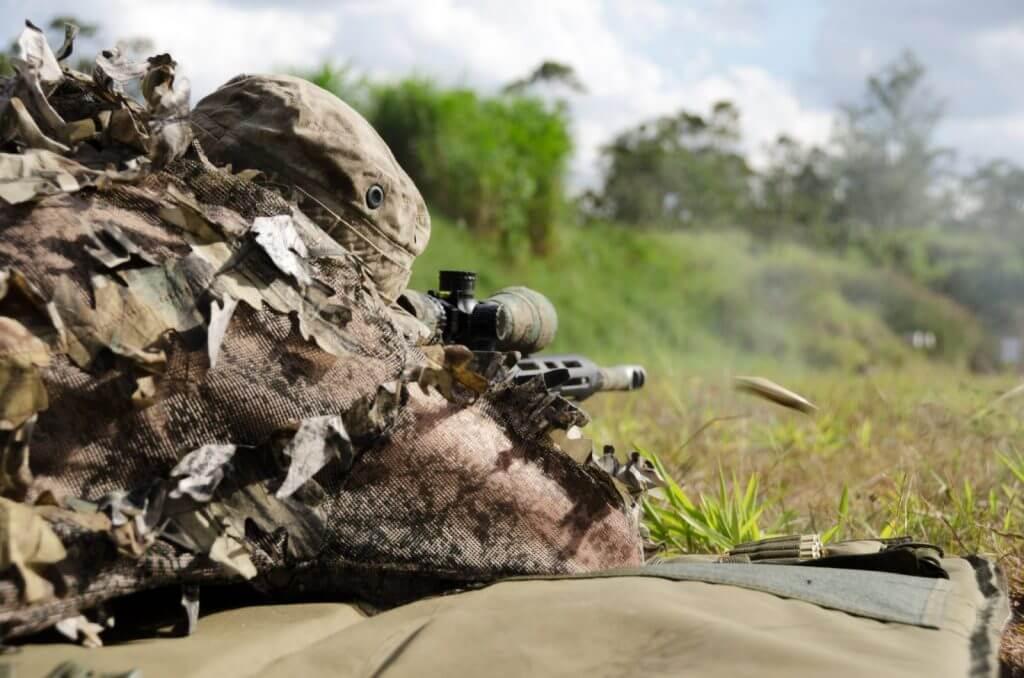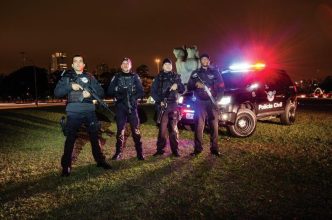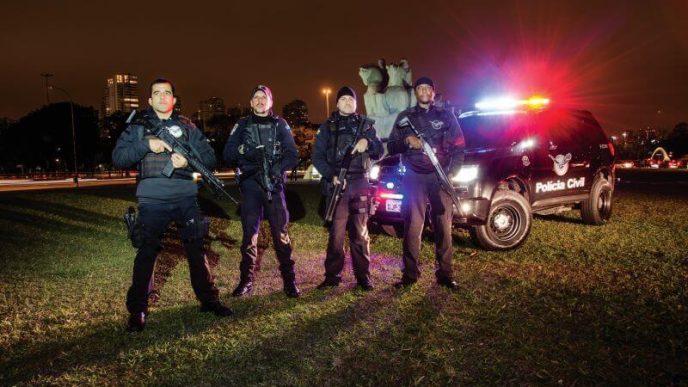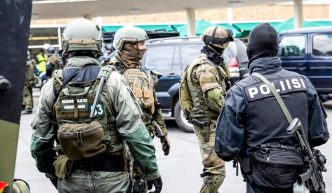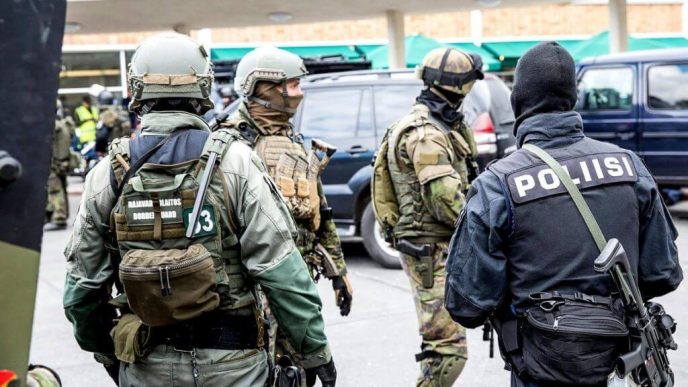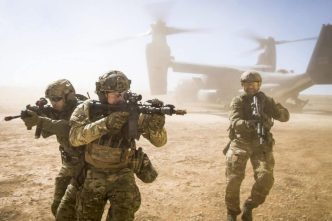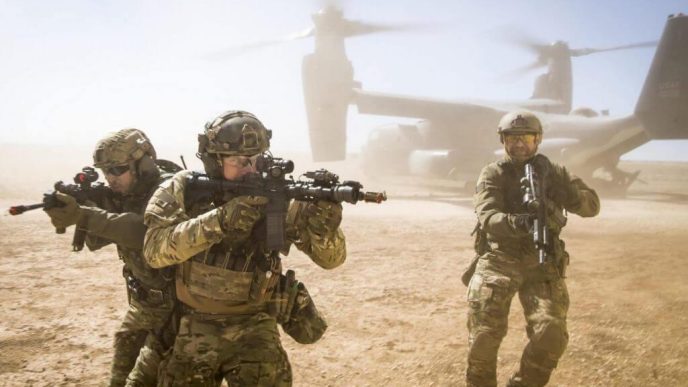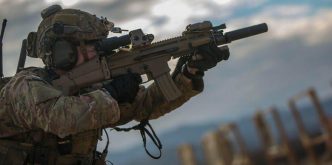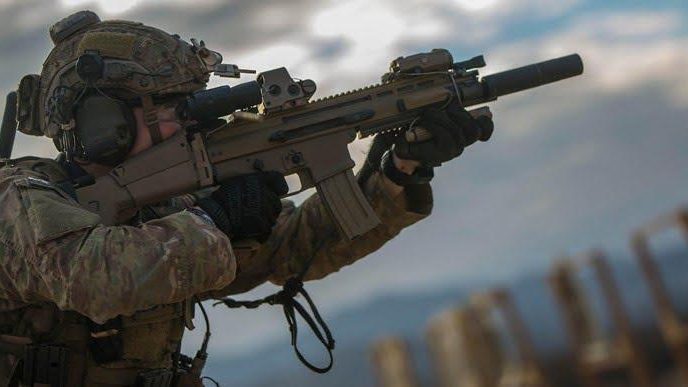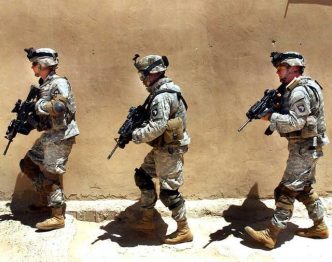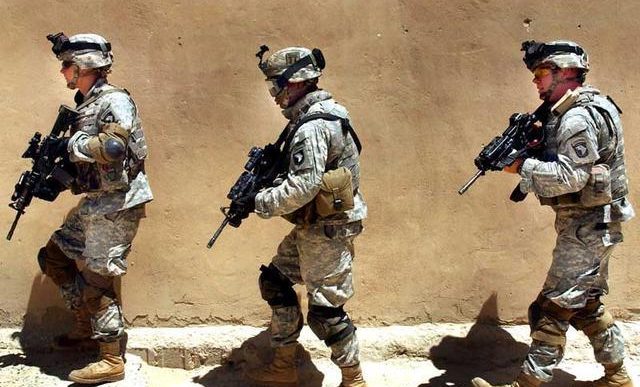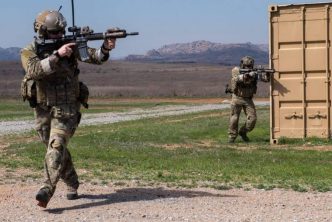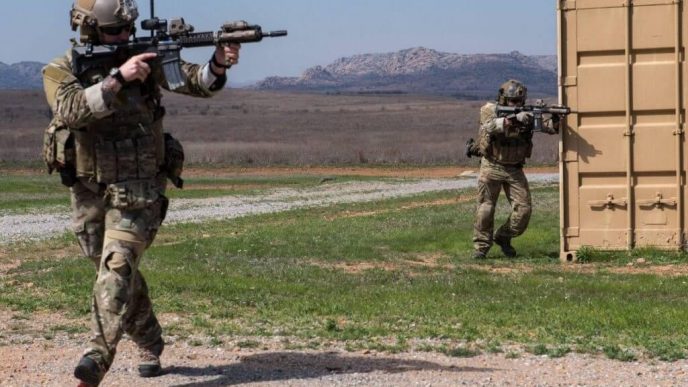The Special Reaction Group (SRG) is an elite unit of the Civilian Police of the State of Sao Paulo comprised of one group, three teams, and 36 police officers. In the complex public safety activity that involves the protection of the largest city in the Southern Hemisphere and the financial center of Brazil, the Special Reaction Group (SRG) of the Civilian Police of the State of São Paulo (PCESP) concentrates the most varied abilities that a special operations group must-have. And it brings together the best men to fulfill this mission.
After all, their tasks go through search missions, escort, support to any regular police unit or public organization, the rescue of hostages, protection of authorities, fulfillment with high-risk court orders, confrontation against well-armed criminal groups, and counterterrorism missions.
Introduction
Despite having GARRA in its structure, which at that time was carrying out specialized and tactical policing to combat violent crime, the State Department of Criminal Investigations (DEIC) felt the need to have a team of police officers with differentiated training, Weapons, and equipment specific to that mission.
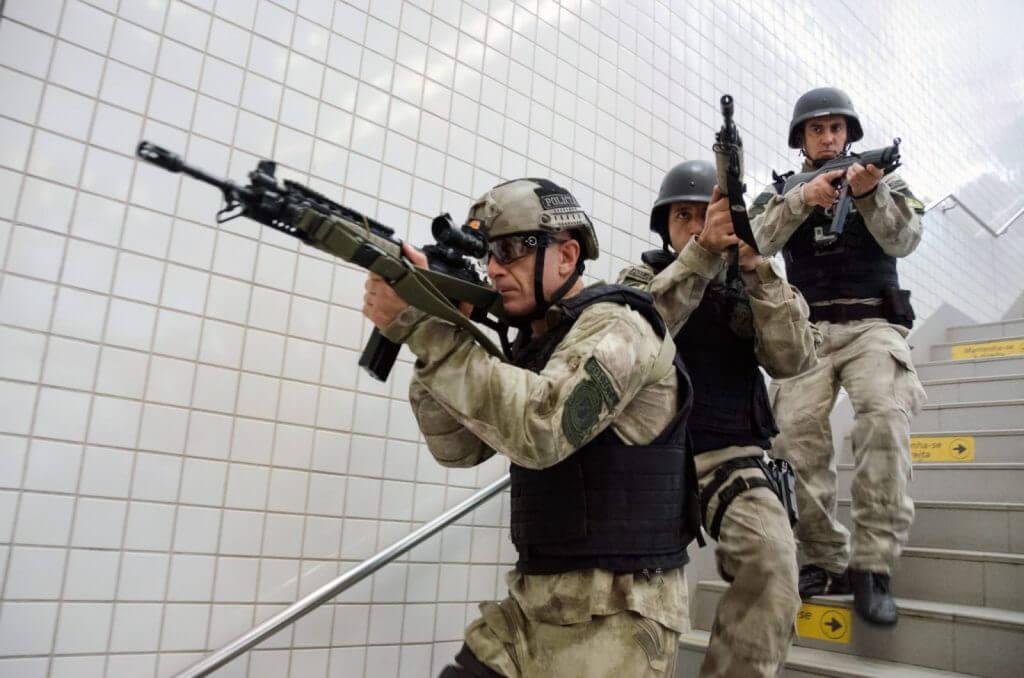
Some members of Police had taken courses abroad, such as at SWAT in Miami. Others were dedicated to this type of mission. In this way, these police officers were designated to the Rescue Special Group, created on July 17, 1989.
But unlike other units, the group was only assembled on occasions that demanded specialized action, such as the kidnapping of businessman Abílio Diniz on December 11, 1989. SRG played a key role in the liberation of Diniz, who remained in the custody of criminals for 36 hours. Once this mission was accomplished, the police officers returned to their normal activities in their police units of origin.
On April 23, 1990, six SWAT instructors from Miami came to Brazil to teach a course to the SRG and the Special Tactical Action Group (GATE), that of the Military Police of the State of São Paulo. The training was complete and covered several techniques used in special operations, including rappelling descent from a height of 90 feet (equivalent to a nine-floor building).
In this case, the exercise included continuous descent; descent with a stop where the policeman had to remove the weapon or a grenade of tear gas; and with two stops being one to put the gas mask.
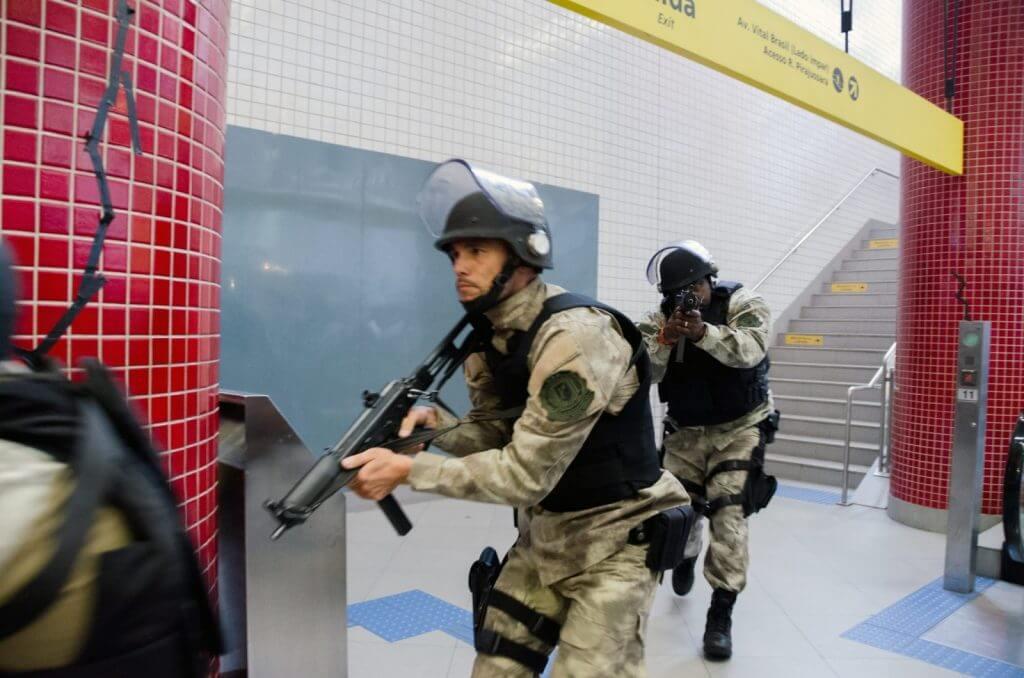
Also, tactical invasions were made in confined environments with precision shot techniques (sniper). Physical training was also highlighted. At the time, the head of the US mission praised the preparation of some police officers who, according to him, fulfilled all the requirements to integrate his team into SWAT.
Coincidentally after training with SWAT, the crime of robbery with hostage became commonplace in São Paulo. And the Civilian Police, attentive to this new criminal modality, anticipated it and had already made the SRG a fixed team with its own headquarters, equipment and vehicles. The Group started to act in these cases achieving success in all of them. The primary objective was to ensure the physical integrity of the victim, but perpetrators were constantly given up after hours of negotiations.
By its quality, the SRG was activated for crises in other states, mainly in prison complex rebellions.
In the 21st century
In 2011 the SRG was transferred to the State Department of Homicide and Protection to the Person, the DHPP, but returned to DEIC in 2015. In that situation, its name was changed to a Special Reaction Group, keeping the acronym SRG and becoming part of the Division of Special Operations. In this Division are two other elite groups of PCESP, the Aerotactic Service, which has four helicopters and pilots and crew members specializing in the police mission, and GARRA. The three units, which together gather around 180 police officers, began to act together when necessary, in perfect harmony.
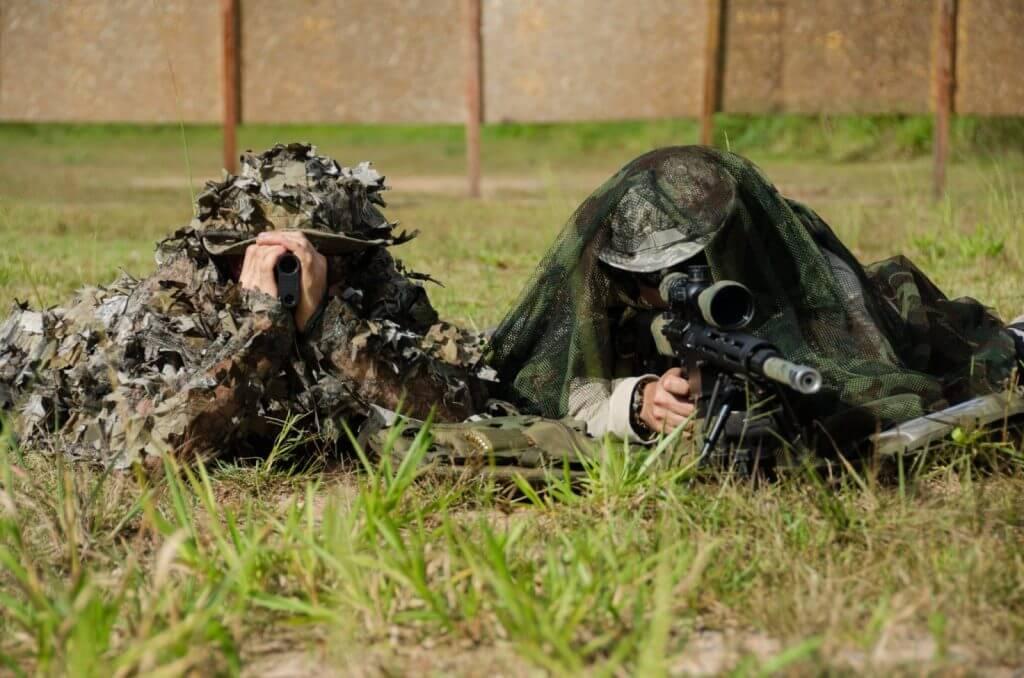
“Depending on the magnitude of the operation GARRA helps us in an eventual incursion or making our perimeter while we specifically perform the closest tactical invasion. This year we had an operation where the information indicated that a group of 15 to 30 criminals would explode ATMs in a city in a certain region of the interior of São Paulo. These criminals would have several escape options since we did not have the exact location of the attack.
SRG acted with 30 police officers and GARRA supported with 20 more. The criminals blew up the ATMs but we managed to track down that they had fled to a huge farm. So we made the tactical invasion at the farmhouse and GARRA the perimeter security and the necessary support”, explained Dr. Artur Dian, SRG’s supervisor. Being a highly dedicated professional for special operations activities, Dian has a 23-year career, a SWAT course in Miami, and courses in Germany, Colombia, Spain, France, and Italy.
Missions and training with Aerotactic Service are also made since the use of the helicopter is essential and indispensable in special operations.
SRG is a unit that remains quartered and ready, with its men engaged in two types of situations. The first is to support the DEIC and any PCESP unit in planned operations after a deep investigation by the intelligence sectors. In this case, the group receives information, surveys the site, scales the number of police officers to be deployed, the weapons and equipment to be used, and other key details. Then, if necessary, they can also do specific training in preparation for the operation.
The second situation is to deal with a crisis set up as a hostage event or an immediate action where SRG support will be needed in high-risk missions against heavily armed criminals. And the Group, by its characteristic and qualification of its policemen, is constantly employed. But when not attending to an occurrence, your cops are in training.
Most of the actions take place during the night, and SRG only uses Chevrolet Trailblazer vehicles with three police officers. Each of the three SRG tactical teams has 10 investigators and one of them is in charge. It is interesting to note that the teams are totally autonomous in terms of capabilities since among their police some specialize in the use of explosives – whether for tactical invasion or to disarm an artifact – and snipers.
No one asked you here
Entry into the SRG is voluntary. The police officer must have at least five years of police experience or at least one tactical qualification. Cop’s curriculum and fact sheet are reviewed by an SRG board. The candidate also goes through a physical fitness and shooting test. If accepted, then begins a course of 40 days, but from the beginning already integrates one of the three teams.
In training, the student learns or enhances martial arts techniques, especially Muay Thai and Jiu-Jitsu. It improves shots techniques using pistols and rifles, learns nighttime operations, tactical invasions, sniper shots, a tactical invasion with explosives, and about the equipment used by the SRG.
The Group always seeks to study, understand and learn from real cases that have occurred with other police units in Brazil and around the world, as well as seeking constant improvement in the issue of tactics, doctrines, and the use of new equipment.
Uniforms and equipment
Each SRG officer usually takes around 20kg of equipment. A Taurus 840 or Glock 40SW pistol, both .40 caliber (some uses 9mm pistol), plus the 5.56mm caliber assault rifle such as Imbel MD97, Imbel IA2, or Colt AR-15. The group also has the Imbel FAL 7.62mm. For sniper shots, the Imbel AGLC 7.62mm or AR-10 is used and the submachine guns Taurus MT-40 (.40), FAMAE .40, and Heckler & Koch MP5 9mm are also available. In terms of loaders are at least four extras for the pistols and six for the rifles and submachine guns. The shotgun models are between the semi-automatic Benelli and the CBC pump action.
For tactical invasions in confined environments at night, the group has night vision goggles. The helmet and ballistic vest with protection ranging from 9mm and .44 pistols ammunition to 7.62mm rifle shot.
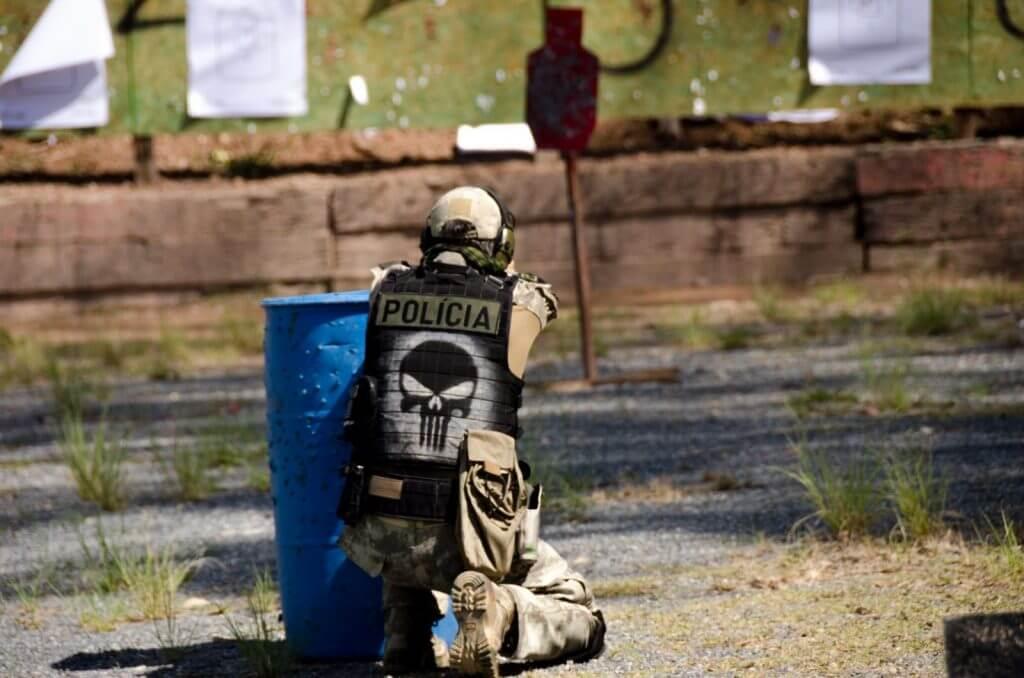
“For this reason, because of the amount of equipment we carry, physical training is fundamental for the police to have resistance in the missions. We always commented that the most difficult day was yesterday. Our training is specific and intense”, says Dr. Artur.
The SRG uniform has evolved since its inception, all to suit the environment in which predominantly the policemen of the group act – the urban one.
They are stained with gray, beige, brown, and green, all in a more mixed and diffused way, which provides greater concealment in the midst of the city scenery – both day and night. In rural areas, with cliffs or forests, it is also efficient.
“Security worked when we do not have to act”
“…this is prevention. When you have to act, it’s because something went wrong. Planning, prevention, coordination, research work, and intelligence are fundamental in these situations. The rest is the containment of damage”. Dr. Artur’s speech is extremely consistent in both police and special actions and the fight against terrorism.
For the Confederations Cup (2013), World Cup (2014), and Olympic Games (2016), SRG has undergone several training and specialization courses. After all, with the participation of delegations from the United States, United Kingdom, France, and Germany for example, extremist groups could be motivated to carry out attacks against athletes of these nations using these events of great world-wide visibility.
Among these exercises was the simulated terrorist attack developed in partnership with the US State Department at the US Consulate in São Paulo. “The antiterror course with the US State Department was focused on research and prevention. There was a lot of worry about events like the Olympics. There were FBI and DEA professionals who worked on situations like September 11 and the Boston Marathon (April 15, 2013). They have brought important experiences”, explains Dr. Artur.
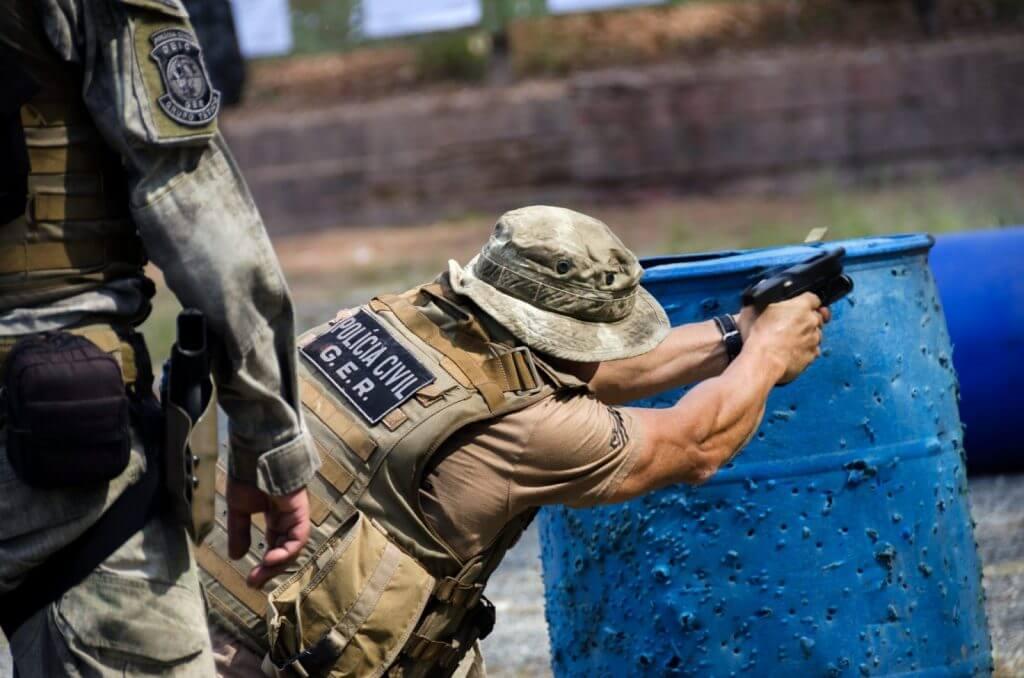
There was also the interagency exercise carried out by the Special Operations Command of the Brazilian Army. More than 20 countries, including the USA, Germany, Argentina, Japan, Mexico, Russia, the United Kingdom, Poland, Indonesia, and Chile, sent observers to follow up on the exercises. More than 280 civilian police, military personnel, and members of the Brazilian Air Force, Brazilian Navy, and Federal Police conducted the training in practice.
In this situation participated in around 30 groups of special actions of several Brazilian states, civil and military, besides the Armed Forces. There were 17 workshops over seven days aimed at preventing and repressing terrorism, with scenarios similar to the Bataclan show house, Saint-Denis (Stade de France), massacres at American schools, and the Boston Marathon bombing. In the precision shooting mode, the SRG was the first among all those present.
Joint action with other forces was constant in the training of the SRG and served for the Group to follow NATO’s protocols to combat terrorism, which say that it is impossible to be successful at the fight against terror without the participation of several agencies involved. Networking, jointly in such cases, is essential.
Fortunately, the major events of international importance that placed Brazil in the spotlight were carried out without any incidents of terrorism. The success of this security in São Paulo is largely due to the SRG.
But beyond all this specialization learning, the Group’s biggest action today is against gangs of heavily armed and organized criminals. They’re actions expose the civilian population to risks when they explode ATMs for example. Against these gangs SRG has been widely employed by the authorities, discouraging criminals from continuing in this practice.
All cases are successful without any side effects. The Group continues to operate surgically and rapidly.
After all, mistakes for them are inadmissible. This is not an SRG policy.
